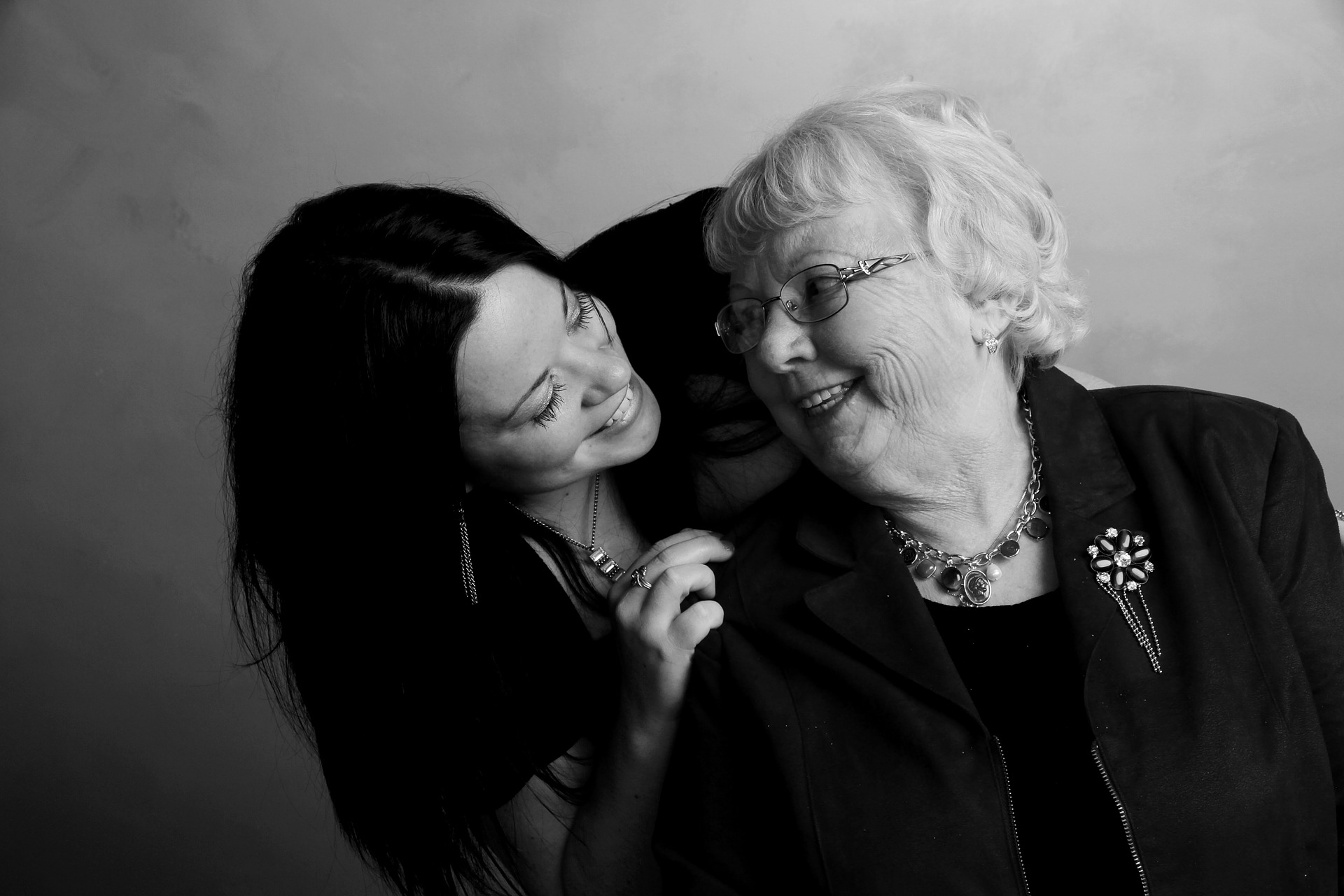If you have a senior loved one who requires extra caregiving, evaluating their daily needs can be challenging. But with a few essential tools, you’ll be able to assess your senior’s needs and know how to meet them. It’s important to review your senior’s ability to handle basic, daily activities. Without good assessment, you won’t know if your senior is living well, and you won’t have peace of mind. Here are some pointers to help you and your loved one.
Communication
Approaching your senior with concerns should be done with respect and compassion. Experts explain this is a sensitive issue, and chances are you feel ill-prepared for the circumstances. Without opening the lines of communication, though, you won’t be able to make a good evaluation of how your loved one is managing with daily activities and whether needs are being met.
Assessment
Determining a senior’s needs can feel like a vague concern, but with a few tools of evaluation you can clearly assess what those needs are and how to meet them. The American Academy of Family Physicians recommends evaluating your loved one’s ability to manage daily functions based on whether no assistance is required, some assistance is required or your senior needs full assistance with the activity.
Devising some basic criteria is helpful to move forward. Some experts suggest these specific items for evaluating your senior’s ability to function:
- Dressing. Putting on and taking off clothing can become an increasing struggle.
- Eating. Can your senior eat and drink well without help?
- Meal preparation. Does your senior manage meal prep, including setting up and cutting foods? What about clean up?
- Toilet. Using the toilet is a sensitive subject but many seniors struggle in this area. Find out if your loved one needs assistance with toiletry needs to know specifically how to help.
- Personal hygiene. This includes activities such as combing hair, shaving, applying makeup and brushing teeth.
- Showering and bathing. Is your senior able to get in and out of the bathtub or shower? Are sponge baths necessary?
- Bedtime. Your senior may need assistance getting in and out of bed, sitting up in bed, lying down, and with turning from one side to the other.
- Transferring from bed. Moving from the bed into a standing position may be a specific concern, or moving into a chair or wheelchair.
- Home mobility. Is your senior able to move from room to room within the home, and from different areas within the same room?
- Exercise. Consider whether your loved one is able to walk well, both within the home, through his or her own room, and outside.
- Medications. Assess what medications your senior requires and if those medicines are an issue. For instance, are there oral or topicals, and is diabetic testing involved?
You may want to ask your loved one’s physician about a Katz Index of Independence in Activities of Daily Living assessment. This is a medical industry standard for evaluating a senior’s decline, and it can provide a full evaluation of your loved one’s abilities.
Warning flags
As you spend time getting to know your senior’s needs and making your assessments, you may discover some concerns that need to be shared with your senior’s physician. A few specific issues to discuss with a doctor would be confusion, incontinence, falls and mobility.
Checklists
Sometimes a small and simple innovation, such as a checklist to help your senior remember a daily routine, can be extremely helpful. Try using a free printable that is easy to read and has areas for communicating about appointments and special events.
Help for you both
Properly assessing the needs of your aging loved one can be challenging, but in doing so you will both have a good starting point for moving forward. Open lines of communication, make a thorough assessment of basic functioning, and if you see warning flags discuss them with your senior’s physician. Employing something as simple as a checklist can make life better for you both. By using these tools, your senior can live a happier and healthier life and you can rest easier knowing you’ve set them up for success.
Image via Pixabay

